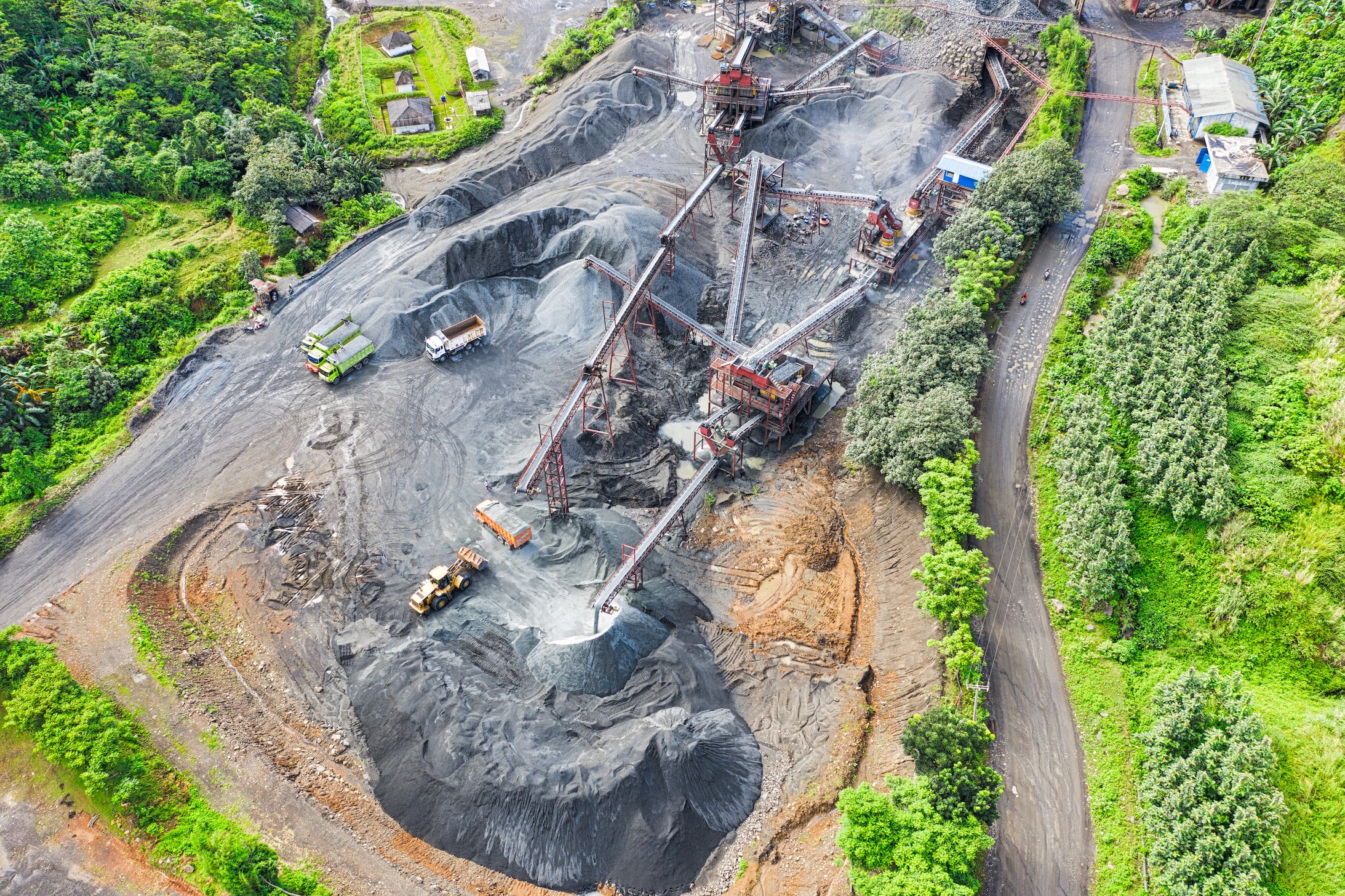- This Android smartwatch from 2024 still outperforms the competition - and it's on sale
- Stay prepared for summer road trips with this discounted Nexpow roadside emergency bundle
- Learn how to make an AI chatbot from scratch | Docker
- How you can use Google Maps to track wildfires and air quality
- T-Mobile launches high-speed home internet service - see if you can get it
Autonomous Operations in Mining

Trend Overview
By the end of 2021, Caterpillar has hauled more than 4 billion tons of product and driven more than 145 million kilometers autonomously. As an aside, that’s the distance of a round trip to Mars. Autonomous technology is mature.
Perhaps haulage is the simplest of all autonomous problems to solve and has the most significant return on investment. In 2017, Rio Tinto identified that in one year, each of their autonomous trucks had 700 more production hours than an average conventional truck. Autonomous trucks are 15% less expensive to operate and generate up to 30% more productivity.
With these substantial benefits, you would think mines would be trending to full autonomy. Here are a two of the most significant challenges.
Reliable wireless coverage everywhere
Reliable and pervasive wireless access to the autonomous system is critical for all elements of an autonomous environment. For the haulage use case, the path of haul trucks is well defined and only covers a small percentage of a full mine. Coverage in that well defined region is much less costly than full and reliable coverage of a mine.
Use cases like autonomous dozing, autonomous operation of service vehicles, and other systems could be anywhere in the mine.
Reliable instrumentation and control software
In the Caterpillar example above, all the critical components are controled by Caterpillar. Most new Caterpillar equipment can be bought with all the sensors and actuators required for autonomous operation. Cat Command is the autonomous system that coordinates all the vehicles in the autonomous zone. Even vehicles that are not Caterpillar need to be fitted with Cat Command software so they can be seen in the autonomous system.
In today’s mine there are numerous vehicles, gauges, valves, and measurement points that are not connected and may not even have the sensors required for autonomous operation.
Every mining company needs to make a business decision about which processes or activities should become autonomous in their mines.
Industry POV
Cisco’s infrastructure solutions are a critical part of an autonomous mining solution. Here are a two practical ways that Cisco technology makes autonomous projects more successful.
Reliable wireless coverage
Cisco Wifi was the early favorite for wireless connectivity to autonomous trucks. Caterpillar and Sandvik have done extensive testing with Cisco wifi and continue to support this technology. Since then, many mining companies have started testing and deploying LTE in hopes that it will provide broader mine coverage at a similar price point and provide more consistent connectivity. Now, Cisco is starting to see an increase in its Ultra Reliable Wireless for autonomous use cases as well, mostly because of its price point and very high reliability.
The important consideration Is that Cisco has solutions in all three of these technologies for autonomous operation in an integrated architecture.
Broad instrumentation partnerships
The culture at Cisco is one of partnership. These companies include autonomous system providers, instrumentation vendors, analytics platforms, and numerous other technologies that provide a platform for autonomy.
Although haulage solutions are usually self contained systems with very few outside elements, other autonomous systems will likely have a lot more diversity in their sensors, actuators, software and analytics. This approach will require a rich ecosystem of partners like the one that Cisco operates in.
Summary/Conclusion
In haulage use cases, autonomous operation is very mature. Adoption of this will continue to grow. Many other systems in a mine can be more automated or maybe even autonomous. Cisco is a great partner for deployment of self contained haulage solutions as well as other more diverse systems.
Resources
http://cisco.com/go/mining
cs.co/miningportfolio
Share:

